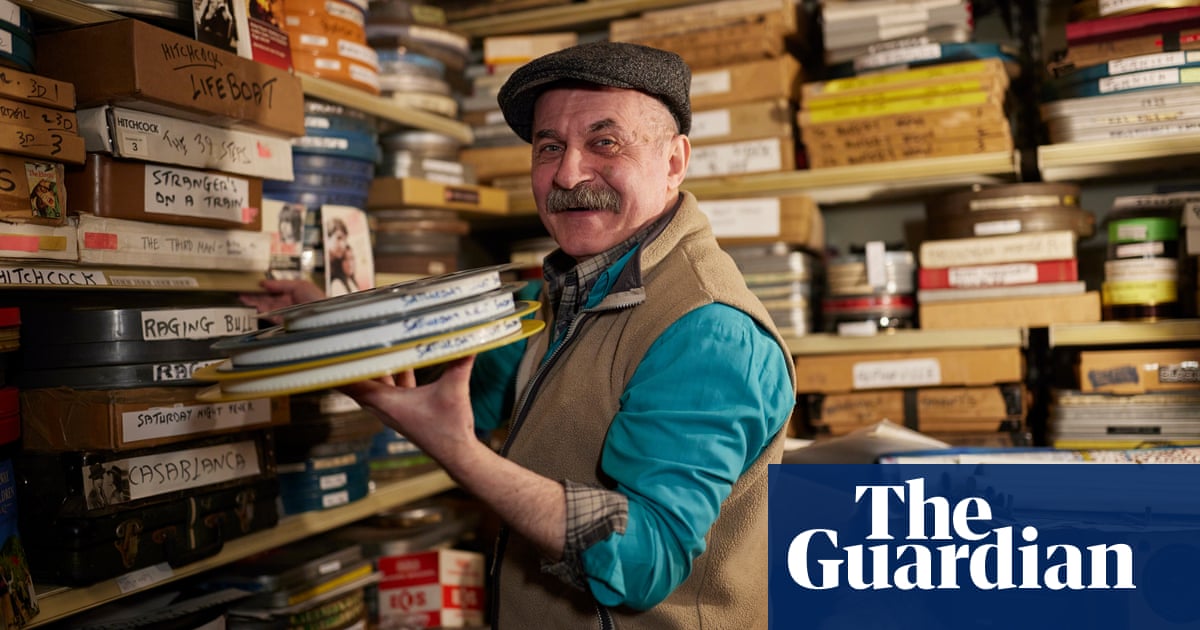
Lockdown started, or reignited, a love of nature in many people. The RSPB reported a 70% increase in visitors to its website during the first lockdown. This came as no surprise to me; stuck at home, without the usual distraction of social engagement, my interest in nature grew. During the winter, I would look up into leafless trees trying to locate a bird whose loud call I could clearly hear. I even bought myself a pair of binoculars so I could acquaint myself with some of the local avian population.
But now I have a new hobby. As the warmer weather slowly arrives, I have been lowering my gaze towards the stirring flower beds and roadside verges, as well as rustling in the undergrowth in the hope of spotting my favourite insects. On a sunny day, there’s nothing better than sitting quietly by a patch of swaying flowers or under a blossoming tree to listen for the tell-tale sign of buzzing. This quintessential sound of summer connects me to the seasons and the natural world, even in the inner city, and fills me with joy. It is also a welcome break from staring at a screen all day. I wait peacefully, in anticipation and excitement of seeing different types of bees.
The evocatively named hairy-footed flower bee is one of the easiest to spot. She noisily darts among the clumps of lungwort (pulmonaria) that I’ve planted to attract her. Large and round with a velvety black body, she has a distinctive hovering movement and flies rather comically with her long, straw-like tongue outstretched in preparation for reaching deep inside bell-shaped flowers to extract their nectar. When she rests on a leaf, the hairs on her fluffy brown back legs are clearly visible, right down to her feet – hence her name.
My curiosity in bees was awakened a few years ago when I had to give up beekeeping after developing an allergy to honeybee venom. Until then I had been fascinated with the workings of a managed bee hive, but ignorant of the myriad bee species that live in the wild.
I had no idea there were so many and that they came in so many shapes, sizes and hues. I assumed all bees were black and yellow striped. But with a little patience and field guides for assistance, my eyes slowly began to open to a whole new world. It was as if I had gone on an incredible journey without leaving my garden. Even better, few of these wild bees sting, so I feel perfectly safe observing them at close quarters. And I have found that the simple pleasure of seeing something in nature and learning how to identify it is immensely gratifying.
There is much research about the positive impact on our mental health of spending time in nature. The Pulitzer prize-winning biologist EO Wilson believes that humans have an innate and genetically determined affinity with the natural world, a concept he calls biophilia, which literally means a love of living things. But our modern, urban indoor lives, often cut off from the changing seasons, have stifled it. In his 2019 book Bird Therapy, Joe Harkness writes about how ornithology saved his life. He links it to five ways to improve wellbeing: connect, learn, be active, give, and take notice. From my experience, they are all equally applicable to melittology – the study of bees.
Research into bees has tended to focus on their role in pollinating most of our food crops, especially those providing essential vitamins and minerals. Professor Alexandra-Maria Klein’s research at Germany’s Freiburg University also points to the wild plants and trees pollinated by bees which support our health in urban areas through air filtration and reducing the temperature among the concrete and glass. But no one seems to have examined the wellbeing attained by just stopping and taking time to notice foraging bees.
When you see a bee visiting a flower you are witnessing a love affair that began more than 100m years ago, when plants evolved brightly coloured petals and fragrant scents. Their beauty and rich perfumes were solely designed to lure pollinators by advertising the sugary drink that lurked deep within their nectaries. Bees need nectar to fuel their flight (and turn into honey in the case of honeybees) and pollen to feed their larvae. In return for meeting their dietary requirements, bees act as a romantic go-between for the world’s flora, transporting enough pollen from the male part of the flower to the female to allow them to produce seeds and reproduce. No one describes this symbiotic relationship better than the poet Kahlil Gibran, who wrote: “To the bee, a flower is the fountain of life, and to the flower the bee is a messenger of love.”
For me, a bee on a flower is no longer just a bee, but now has a name, both a common and a Latin one, which can often provide a clue to their favourite flowers, and how they construct their nests. Mining bees make burrows underground to lay their eggs in, leaf-cutter bees plug their nests with circular pieces of leaves – often cut from a rose bush and leaving it looking as if it has been attacked with a hole-punch. Carpenter bees fashion their nests from wood.
Every year I hope to spot a few more of the 250-plus wild bee species in the UK. Many are small and brown, making them difficult to distinguish from each other; some are so tiny they are hardly visible to the naked eye, while others are restricted to rare coastal habitats. According to Friends of the Earth, at least 35 are endangered (including a quarter of our bumblebee species) due to habitat loss and widespread pesticide use. Since 1945, 97% of our wildflower meadows have been lost to intensive agriculture and urbanisation. Yet some bees are thriving in towns and cities where gardens, tree-lined avenues and parks can provide an abundant and varied diet.
I have tried to create Yeats’s “bee-loud glade” in my small urban garden by planting flowers that bloom sequentially, so there is always something for dinner, from early spring to late autumn. Bowl-shaped and daisy-style flowers for the short-tongued bees and pendulous ones for the longer-tongued, like the garden bumblebee. I love watching her disappearing deep inside a foxglove only to reappear moments later cloaked in pollen grains.
I may not be physically active when observing these interactions, but creating suitable bee habitat provides plenty of outdoor exercise. Under the south-facing eaves of our garden shed, my husband has installed a series of manmade bee hotels (which contain hollow tubes where bees can check-in to lay their eggs). Each year, just as our apple tree is bursting into blossom, I hear the humming of a new generation of red mason bees checking out. This synchronicity between the apple tree and its loyal pollinator reassures me that all is well with the world – at least in my tiny corner of it.
As the summer progresses, I’ll be captivated by the industriousness of the wool carder bee as she teases out the fibres from the soft leaves of the lamb’s ear plant. She will roll them into a ball nearly as big as herself and fly it home to partition and plug her nest.
Since I started my bee journey I have shared my enthusiasm for these wondrous creatures and my discoveries about them in books, talks and educational materials. This year, with the help of the amazing insect photographer, Penny Metal, I am posting bee-spotter guides on social media and I have launched a newsletter with tips for identifying bees and how to help them.
Now that we can start to see our friends and family again, I’m not about to give up my hobby. I have put my skills to good use by becoming a “bee walker”. As part of a national recording scheme run by the Bumblebee Conservation Trust, I am identifying and counting bumblebees along a chosen route each month until October. My sightings will be fed into a national database to help detect early warning signs of population declines and to inform how land is managed. I am also on the lookout for other wild bees along the canal towpath and in the park. On a sunny day, I hope these outdoor spaces will be teeming not just with people liberated from lockdown, but with bees, too. My heart lifts at the thought that I can spend the summer indulging my passion for the greater good. What could be better for your wellbeing than that?
Alison Benjamin co-wrote The Good Bee: a Celebration of Bees and How to Save Them (£9.99, Michael O’Mara). Buy it for £9.29 at guardian bookshop.com












